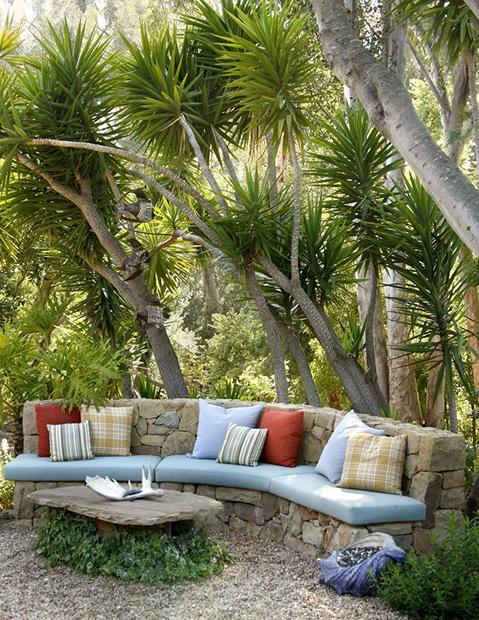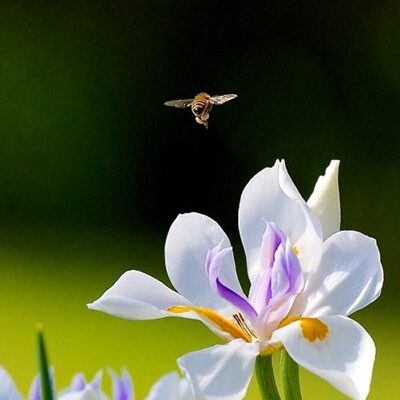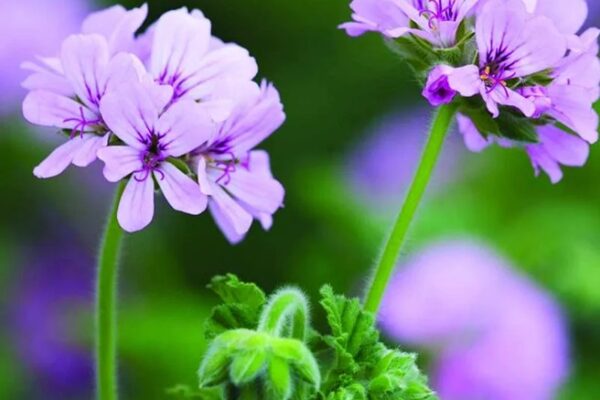Impressive Desert Landscaping Concepts
Desert landscapes offer a dreamy sight with unique colors and flora, making them an exclusive option for homeowners seeking desert landscaping. Those who reside in these regions often speak of the tranquil and striking beauty that surrounds them. Surprisingly, many desert inhabitants also have a passion for gardening, despite the harsh conditions. However, creating and maintaining a front yard garden in the desert can be a challenging task, requiring specific knowledge and techniques.
These innovative ideas and design projects can be used to transform your desert landscape. These ideas will help you creatively incorporate various plant species, hard capes, and architectural elements that can withstand the scorching heat, lack of water, and other unique challenges that are typical of desert gardening. By exploring these concepts, you can enhance the natural beauty of your arid surroundings and create a striking outdoor space that is both aesthetically pleasing and functional with the use of desert landscaping.
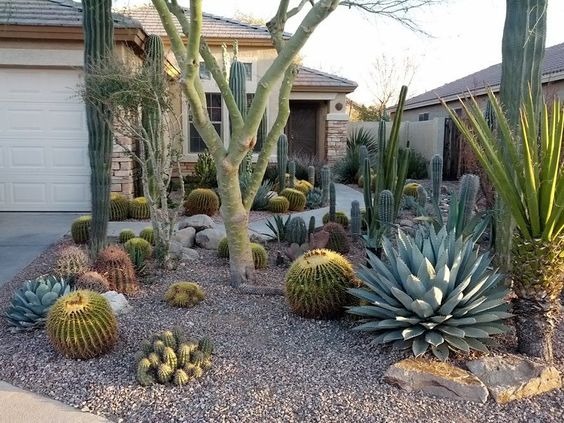
Desert Landscaping Considerations
While desert landscaping may present some unique challenges, the fundamental principles of gardening still apply, whether you’re tending to your front yard or backyard. It is essential to understand the hardiness zones of your region, get acquainted with the characteristics of your soil, and carefully observe the patterns of sunlight and wind. The desert climate is notorious for its extreme temperatures: scorching hot during the day, but often chilly once the sun sets. Therefore, it is crucial to consider ways to enjoy your outdoor space comfortably at various times of the day or night, such as incorporating a shaded pergola for hot days or a fire pit for cooler evenings.
By gaining a thorough understanding of the lay of the land, you can select the most suitable plants and features for your desert garden. Knowing the specific needs and preferences of the plants you want to grow will help ensure their success in the harsh desert environment. Additionally, considering factors such as water conservation, wind protection, and soil erosion prevention can also contribute to the success of your garden, whether it’s in your backyard or front yard. By following these basic principles, you can create an outdoor oasis that is not only aesthetically pleasing but also functional and sustainable.
Desert Palettes
Although desert gardens may lack the lush greenery typically found in cottage or woodland gardens, they offer a unique color palette that is characteristic of their climate. The muted colors of the desert sunrise and sunset cast a captivating glow on a garden, creating a fascinating visual experience, whether it’s in your backyard or front yard. There are various ways to incorporate bright or subtle colors in a desert garden. One can explore the vast range of colors offered by succulents and consider the hues of stones and containers used in the garden design.
The classic desert landscape features a warm and earthy color palette, with sandy tones, terra cotta, and cool blues, grays, greens, and purples found in succulents, cacti, and desert wildflowers. Adding splashes of bright colors such as yellow or red can draw attention to specific areas of the garden, perhaps by incorporating cobalt-blue glazed pots for a vivid pop of color. You could also consider incorporating a beautiful arrangement of desert wildflowers in the front yard to create a stunning focal point for the entire landscape.
By thoughtfully incorporating a range of colors into a desert garden, one can create a visually stunning outdoor space. The unique color palette of a desert garden can offer a distinctive and captivating experience that is both beautiful and inspiring. Consider applying this same approach to your front yard to create a cohesive and striking landscape that makes a statement and leaves a lasting impression.
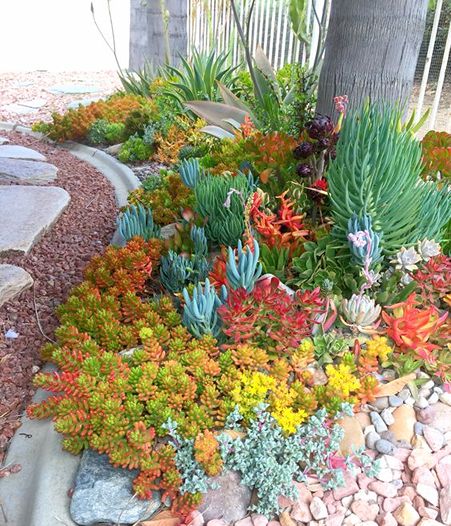
Cacti vs Succulents
When most people think of plants that thrive in desert climates, they typically picture cacti and succulents. It is important to note that while cacti are a type of succulent, not all succulents are cacti. Succulent plants have the unique ability to store water in their stems and leaves, which allows them to survive prolonged periods without water. This makes them an excellent choice for a front yard in a desert climate, where water conservation is important.
Cacti also have the ability to store water in their tissue, but they can be distinguished from other succulents by the “hairs” that grow from their areoles. These cushiony growths are often sharp and can be dangerous to the touch. Unlike other succulents, cacti do not typically have leaves. With their unique characteristics and striking appearance, cacti can be an excellent addition to a front yard in a desert climate. They may produce flowers from the areoles instead. The range of sizes and shapes of cacti is vast, making them an intriguing addition to any desert garden.
Overall, while both cacti and succulents are able to thrive in desert climates, they have unique features that differentiate them from one another. Understanding the characteristics of these plants is essential in creating a successful and visually appealing desert garden.
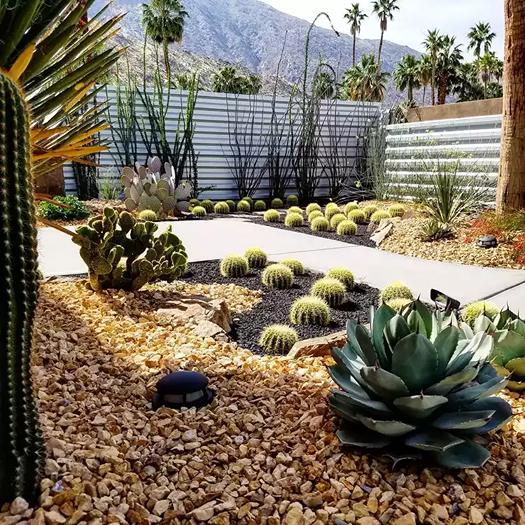
Perennial Flowers That Can Withstand Drought
Desert gardens present unique challenges when it comes to plant selection due to the harsh and often dry climate. However, there are a variety of plants that are well-suited to these conditions, and are able to thrive even in drought-like conditions. By carefully selecting plants that are adapted to the desert climate and incorporating them into your front yard, you can create a stunning and sustainable landscape that requires minimal maintenance.
Some of the most successful drought-tolerant plants for desert gardens include Russian sage, sedums, agastache, fountain grass, and Mediterranean herbs such as rosemary and lavender. Salvias are also an excellent choice for desert gardens, as they come in a variety of colors and can bloom for long periods of time.
By incorporating these types of plants into a desert garden, you can create a beautiful and sustainable front yard that requires minimal maintenance and watering. These drought-tolerant plants are able to withstand the harsh desert climate, and their unique textures and colors can provide visual interest and contrast.
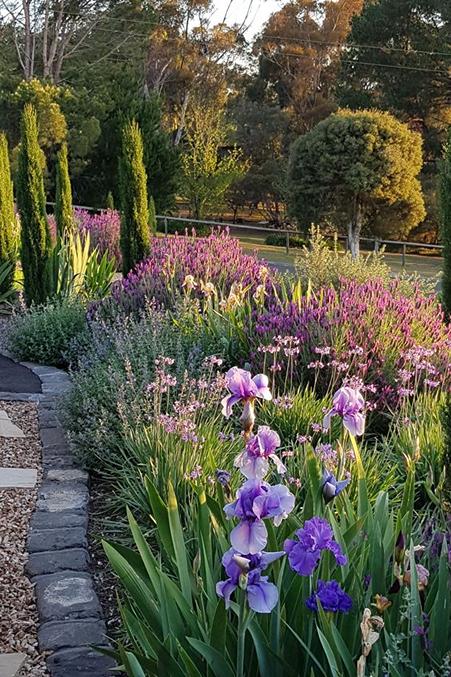
Make Containers
When faced with very sandy, dry, or rocky soil in a desert climate, traditional gardening methods may not be the most effective or efficient approach. Container gardening can provide a practical alternative for those seeking to create a beautiful and sustainable front yard in a desert landscape.
Container gardening offers a high degree of flexibility, allowing for a variety of creative designs and plant arrangements. Terra cotta pots are a popular choice, as their warm tones complement the natural colors of succulents and other desert plants. Glazed ceramic pots can also be used to add more color and style to a garden, while also helping to conserve water. It’s worth noting, however, that metal pots may not be suitable for the extreme temperatures of desert climates, and are generally not recommended.
To keep container plants healthy and thriving in a front yar desert garden, it’s important to water them in the late afternoon when temperatures are cooler and the sun is less intense. This helps to prevent evaporation and ensures that the plants have ample moisture to sustain them through the hottest part of the day. Additionally, using a high-quality soil mix specifically designed for container gardening can help to provide the necessary nutrients and moisture retention for plants to thrive in a desert landscape.

Dry Stream Beds
Well for naturally occurring slopes or gullies
Dry stream beds are not only aesthetically pleasing, but they also serve a functional purpose in a desert landscape by helping to prevent water runoff and conserve water. These features can be dug into the ground to create a natural-looking channel that mimics the appearance of a flowing stream, even when it’s dry. Incorporating a dry stream bed into your front yard can add texture and visual interest to your landscape while also promoting water conservation.
Alternatively, if there are already natural slopes or gullies on the property, these can be utilized to create a dry stream bed. By directing rainwater into the stream bed, it can be absorbed into the soil, rather than running off the property and being wasted. This helps to reduce erosion and also contributes to the overall health of the soil and plant life in the garden.
Dry stream beds can be created using a variety of materials, such as rocks, gravel, and boulders. These materials not only help to create a natural appearance, but also provide texture and interest to the landscape. The shape and size of the stream bed can also be varied to create a unique and visually appealing design element. Overall, dry stream beds are a practical and attractive addition to any front yard desert garden.
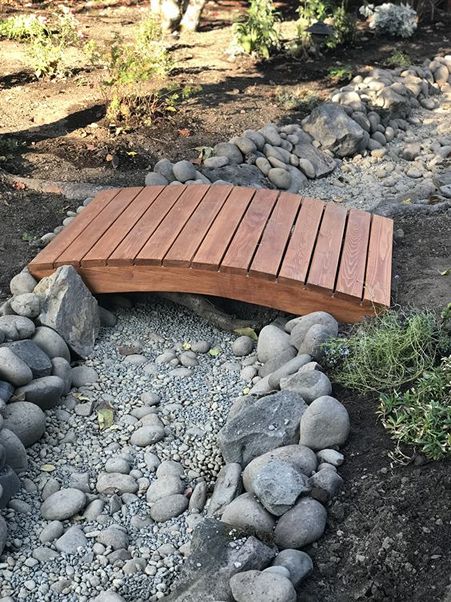
Agaves
These succulents with their fleshy, blue leaves are a stunning addition to any garden, thanks to their large size and chunky appearance. They create a striking visual impact that can’t be ignored. Their pale blue and silvery hues add a timeless elegance to any desert garden, making them a classic choice for many gardeners. Incorporating these beautiful and hardy plants into your front yard landscape is a great way to add interest and texture while also conserving water.
In addition to their aesthetic appeal, these succulents are incredibly resilient and adaptable to harsh environments. They thrive in hot and arid conditions, making them ideal for dry and desert landscapes. They can withstand prolonged periods of heat and drought, making them a low-maintenance choice for those who want to enjoy the beauty of their garden without constantly tending to it.
Overall, these fleshy blue leaved succulents are a fantastic choice for those looking to add some drama and color to their garden, while also keeping maintenance requirements to a minimum. Their striking appearance and impressive resilience make them a worthwhile investment for any gardener looking to create a visually stunning and low-maintenance landscape. With proper care and placement, these succulents can thrive in the desert climate and provide a beautiful addition to any front yard garden.
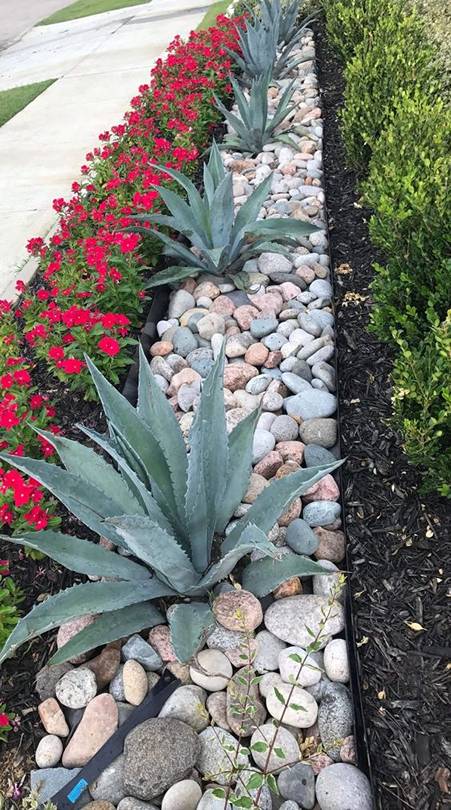
Desert Soil
The soil in front yard desert regions is typically sandy and has low moisture content. Although you can improve the soil quality by adding amendments, the arid climate still poses a challenge for growing plants. Therefore, it is important to research and identify plants that thrive in sandy soil and have shallow root systems, as they are better suited to cope with the harsh conditions.
One such plant that is well-suited for front yard desert landscapes is the chartreuse and blue Euphorbia rigida, commonly known as gopher spurge. It is a colorful ground cover that grows low to the ground and spreads easily, making it an excellent option for filling in large areas. Furthermore, it is tolerant of drought and heat, making it ideal for desert gardens where water is scarce and temperatures can reach extreme levels.
By selecting plants that are adapted to desert conditions, such as the Euphorbia rigida, gardeners can create a beautiful and sustainable landscape that requires less maintenance and conserves water. It is essential to consider not only the soil quality but also the plant’s tolerance to heat and drought when designing a garden in desert regions.

Gravel and Stone
In a front yard desert landscapes, it is practical to incorporate gravel or stone for walking surfaces and in place of mulch in garden beds. The use of these materials enables rainwater to seep into the soil instead of running off, which is important in water conservation efforts.
Using larger stones in garden beds can create an attractive visual contrast to the pointed and spiky shapes of succulents, which are a popular choice for desert gardens. Additionally, the rounded river rock, for example, can add a pleasing textural element to the bed, making it both functional and visually appealing.
By opting for gravel or stone in front yard garden design, homeowners can reduce the amount of water required to maintain their landscape, as well as minimize the risk of erosion and runoff. Furthermore, the use of natural materials like gravel and stone can enhance the aesthetic of a desert garden and complement the unique beauty of the plants that thrive in this harsh environment.

Colorful Native Wildflowers
The desert is home to a variety of wildflowers that can be introduced into a garden setting by purchasing seeds from vendors who specialize in heirloom and native plants. Among the many options available, the coral plant, also known as fountain bush or firecracker plant is an excellent choice that produces bright red lacy sprays of flowers for several weeks, adding a splash of color to any front yard garden.
Other Southwest native wildflowers that add vibrant colors to the landscape include Mexican gold poppies, desert mallow, and desert lupine. These wildflowers grow from seeds that are easily obtained from specialty vendors, making them a convenient choice for gardeners looking to introduce native species into their gardens.
Incorporating wildflowers into a front yard desert landscape can be a simple and effective way to add color and diversity to the garden while also supporting the local ecosystem. These native wildflowers have adapted to the harsh conditions of the desert, making them more resistant to drought and heat, and requiring minimal maintenance. By planting these native species, gardeners can create a beautiful and sustainable garden that benefits both the environment and their personal enjoyment.
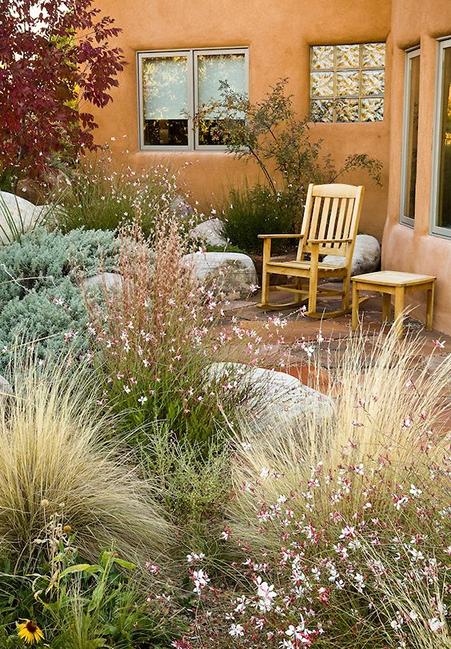
Plant Closely to Save Water
Designing a garden in the front yard of a desert home requires careful consideration of water conservation, as the intense heat causes water to evaporate quickly and sandy soils lack moisture retention. In order to maintain a healthy and thriving garden, it is important to choose plants that can adapt to the conditions of the desert climate. Native plants are a wise choice, as they have evolved to thrive with the available rainfall in the area.
However, another useful tip for conserving water in a desert garden is to plant vegetation close together. When plants are spaced closely, they can provide shade for one another, reducing the amount of sunlight and heat that reaches the soil. This, in turn, helps prevent the evaporation of moisture from the soil, allowing plants to retain more water and reducing the amount of irrigation needed.
By planting vegetation close together in the front yard, gardeners can also create microclimates within the garden, which can further improve water conservation efforts. The shaded areas created by the plants can help to trap moisture and cool the surrounding soil, providing an ideal growing environment for many desert species.
Overall, incorporating native plants and planting vegetation close together are effective strategies for designing a water-conserving desert garden. By implementing these techniques, gardeners can create a beautiful and sustainable garden that is better equipped to withstand the challenging conditions of the desert climate.
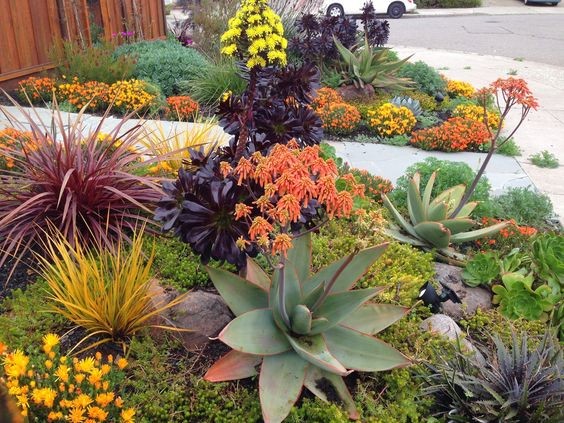
Mediterranean Flowers
When designing a front yard garden in the desert, it is important to consider the unique lighting conditions of the region. Desert gardens are known for their dramatic light at dawn and dusk, which can create stunning visual effects. However, the desert landscape itself can often appear somewhat monochromatic to gardeners who are used to the more colorful gardens of temperate zones. Therefore, a mix of warm and cool colors can be an effective way to add visual interest and depth to a desert garden.
One effective way to incorporate a variety of colors into a desert garden is by selecting plants that are native to the Mediterranean region. These plants are well-suited to the arid conditions of the desert and can offer a wide range of colors and textures. For example, lavender, rosemary, and thyme all produce fragrant foliage and delicate flowers that add color and interest to a garden. Additionally, Mediterranean plants like succulents and cacti offer a wide range of shapes and sizes that can be used to create a unique and visually interesting garden design.
By combining warm and cool colors and selecting a variety of plants that are well-suited to the desert climate, gardeners can create a visually stunning and sustainable garden that is both beautiful and functional. With careful planning and consideration of the unique conditions of the desert landscape, it is possible to create a beautiful and thriving garden in the front yard.
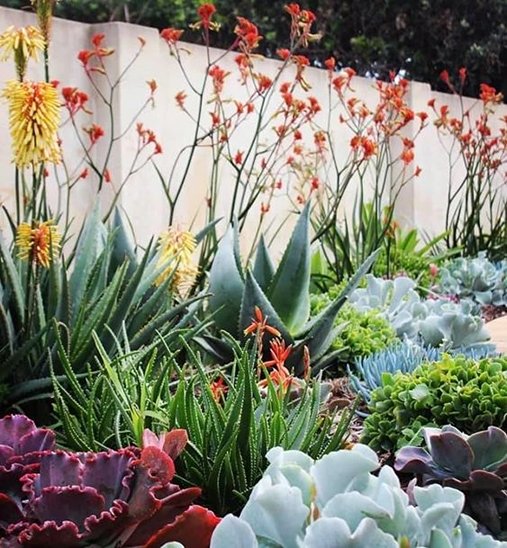
Raised Beds for Veggies
Growing vegetables in the desert can be challenging due to the harsh and dry climate, but it is possible with the help of raised beds. Raised beds provide a controlled environment for plants, allowing gardeners to adjust the soil, drainage, and watering to suit their needs. In a front yard desert garden, raised beds can be particularly helpful, as they allow for more efficient use of water and can be easily watered by hand as needed, without the need for irrigation.
In addition to their practical benefits, raised beds can also provide an aesthetically pleasing element to a desert garden. By creating lush and verdant beds of greens, gardeners can create a visual oasis within an otherwise dry and barren landscape. This can be particularly effective in enclosed or shady areas of the garden, where the raised beds can provide a burst of greenery and color.
When selecting plants for a raised bed vegetable garden in the desert, it is important to choose varieties that are well-suited to the arid climate. Hardy greens like kale, chard, and spinach are good choices, as they can withstand the heat and require less water than other vegetables. Additionally, herbs like rosemary, thyme, and oregano can add flavor and fragrance to the garden while also providing a touch of greenery.
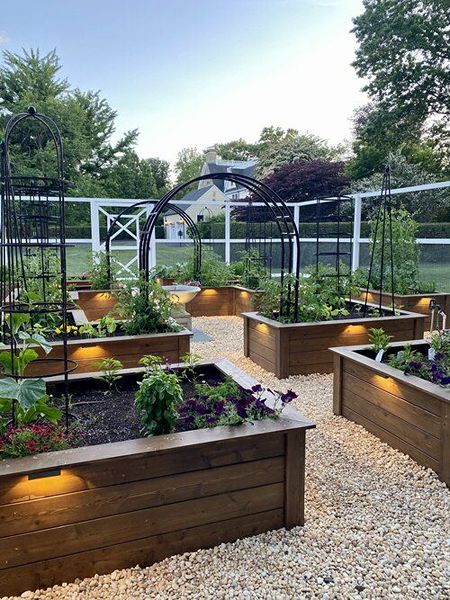
Pergolas
A pergola can be a beautiful and practical addition to any garden, providing both shade and structure to an outdoor space. While most pergolas are built using lumber, they can also be constructed using a variety of materials, including metal, bamboo, deadfall wood, or driftwood, depending on the desired aesthetic.
One of the benefits of a pergola is that it provides a pleasant outdoor seating area, perfect for relaxing or entertaining guests. Additionally, it can add structure to a patio or other open space, helping to define the area and create a more cohesive design.
When choosing plants to grow on a pergola in a desert climate for your front yard, it is important to select drought-tolerant vines that can withstand the harsh conditions. Some good options include crossvine, Carolina jessamine, pink trumpet vine, or a Lady Banks’ rose. These plants are not only resilient in hot and dry conditions but also provide beautiful blooms that can add color and interest to the pergola.

Yucca
Yucca is a popular plant for desert landscapes because of its unique and striking foliage. While it only produces flowers every few years, it adds texture and interest to any front yard garden. There are many different sizes and colors of yucca to choose from, making it a versatile choice for landscaping. In particular, variegated varieties like the ‘Color Guard’ with gold and green leaves can add a pop of color to the otherwise muted desert landscape. Overall, yucca is an excellent choice for those looking for a hardy, low-maintenance plant that can thrive in the arid desert climate.
